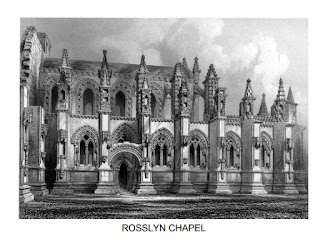
Scotland - Our Scotland. A.D. 80—410. (in many parts) Part 1 It is with the year 80 a.d., when Agricola entered the region of North Britain, that the history of Scotland as a traceable sequence of cause and effect may be said to begin. When the Romans first came in contact with them, the inhabitants of that region had long passed the stage of mere barbarism. Various remains that have been found prove that they had attained considerable knowledge of many of the arts of life ; and from something like direct evidence we know that they possessed an organized society with civil and religious institutions of some complexity. Yet with the knowledge we possess we are unable to trace such causal relations in that earlier time as would bring it within the domain of history in the ordinary acceptation of the word. On the other hand, from the invasion of Agricola onward, materials, however scanty and intermittent, are never wholly wanting to mark the action of the internal an...





